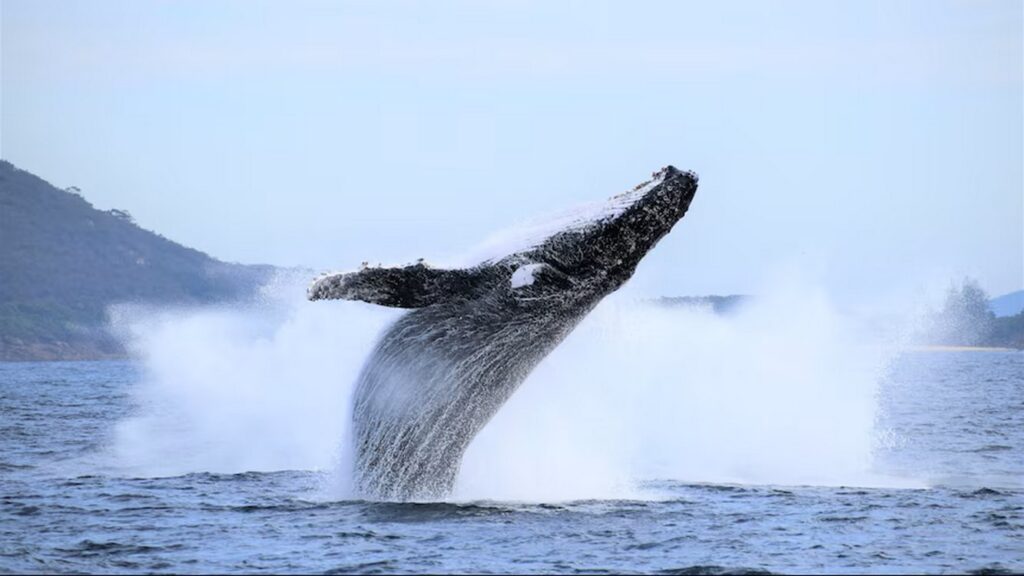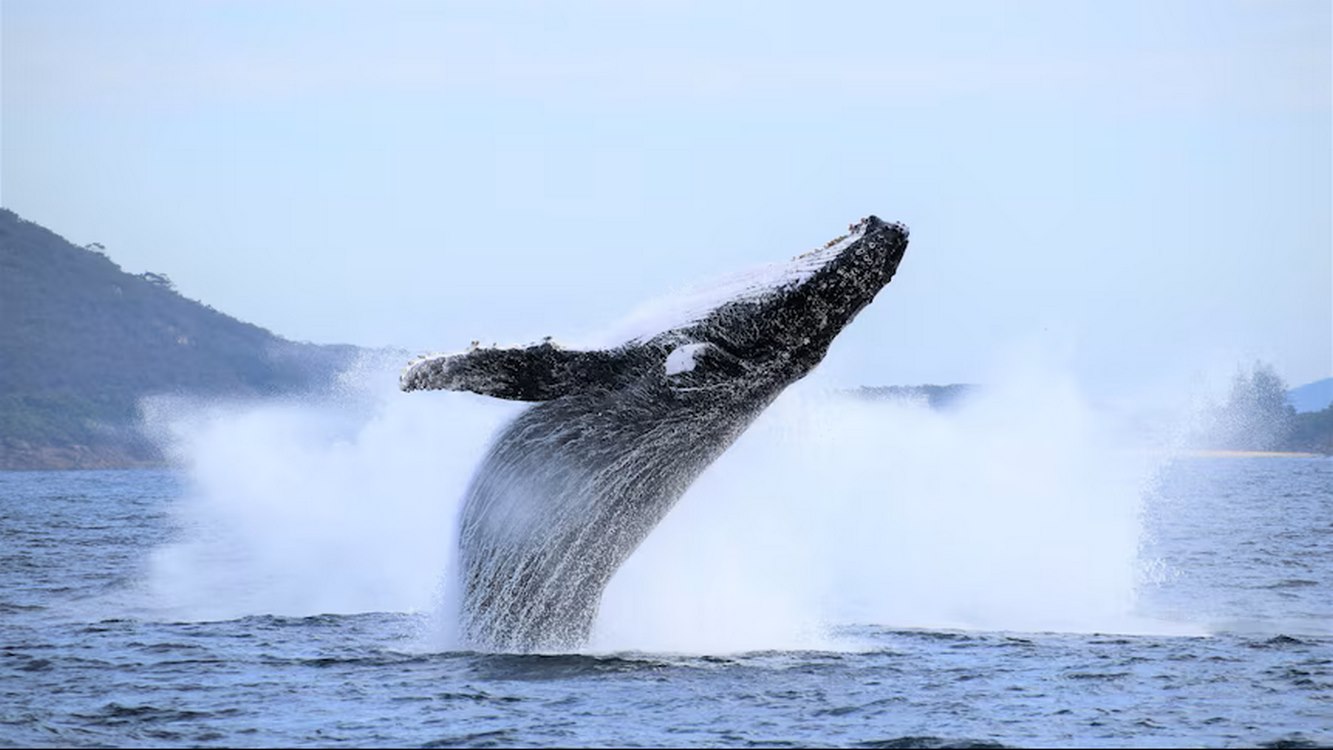 A humpback whale in Australian waters – credit, supplied by Jenn Leayr
A humpback whale in Australian waters – credit, supplied by Jenn Leayr
The recovery of the eastern Australian humpback whale population has been described as nothing short of a “miracle,” such that the majestic beasts number more now than they did before commercial whaling.
When homeowners today along the coasts of Australia file noise complaints, it’s likely to be from motor boats or late-night parties, but there was actually a time when it was over whale-song.
That’s how thick humpback whales swam off the coast of Hobart during the 18th century before commercial whaling had made its way to Australia.
Today, estimations suggest the population is 60% higher even than back then—when dinner table conversation was being interrupted by the songs of whales drifting in from the sea-facing windows; talk about first-world problems.
In all seriousness, the decline of the eastern Australian humpback was as precipitous as anywhere on Earth. Migrating northward along the coast to tropical breeding grounds, they began to be targeted by whalers for the oils in their blubber once the larger baleens like blue whales and right whales had become scarce.
Dr. Wally Franklin, co-founder of the Oceania Project and whale researcher with more than 3 decades of experience, is the author of a recent report that suggested the population has breached 50,000 individuals.
“We have a reasonable estimate that the eastern Australian humpback population was at least 30,000 whales prior to the last period of whaling,” Dr. Franklin told ABC News Australia.
“The best estimate we have is that by the early 1960s, only 150 individuals out of that 30,000 survived.”
In 1963 the International Whaling Commission banned the commercial hunting of species like humpbacks, and as populations began to recover, it was estimated that by 2020 the animal could number 50,000 as long as whaling was confined to history.
And so it was, and so they did.
The new report was compiled by some 700 members of the public, whale watching tour operators, and research scientists, and included photographs and other documentation uploaded to the HappyWhale monitoring database. It’s estimations put the number of whales at more than 50,000 and less than 60,000.
AUSTRALIAN STORIES: Aboriginal Elders Lead Prescribed Burn–and Rare Orchids Appear by Thousands
This is substantially more than other Australian whale populations, some of which seem to have even plateaued under pre-whaling levels. Scientists believe this is due to interspecies differences, gestation rates, and the impact of other human activities. For example, southern right whales stay much closer to the coast while migrating, putting them at greater risk of ship strikes compared with the humpbacks.
Scientists like Dr. Franklin don’t expect the numbers of humpbacks to continue climbing, as the ecosystem may have already reached what’s called “carrying capacity” which means there’s not enough further space or feeding opportunities to accomodate additional whales.
MORE WHALING STORIES: Whale Sightings Hit Record High During Citizen Science Migration Count
With so many whales around, experts say one should always pay attention to potential close encounters, especially if it’s a mother with her calf. If a pilot cares for a closer look, let the whales come to them, should they want to, as it will be far safer for both the boat and the baleen.
SHARE This Incredible Recovery With Your Friends Who Love Whales…
